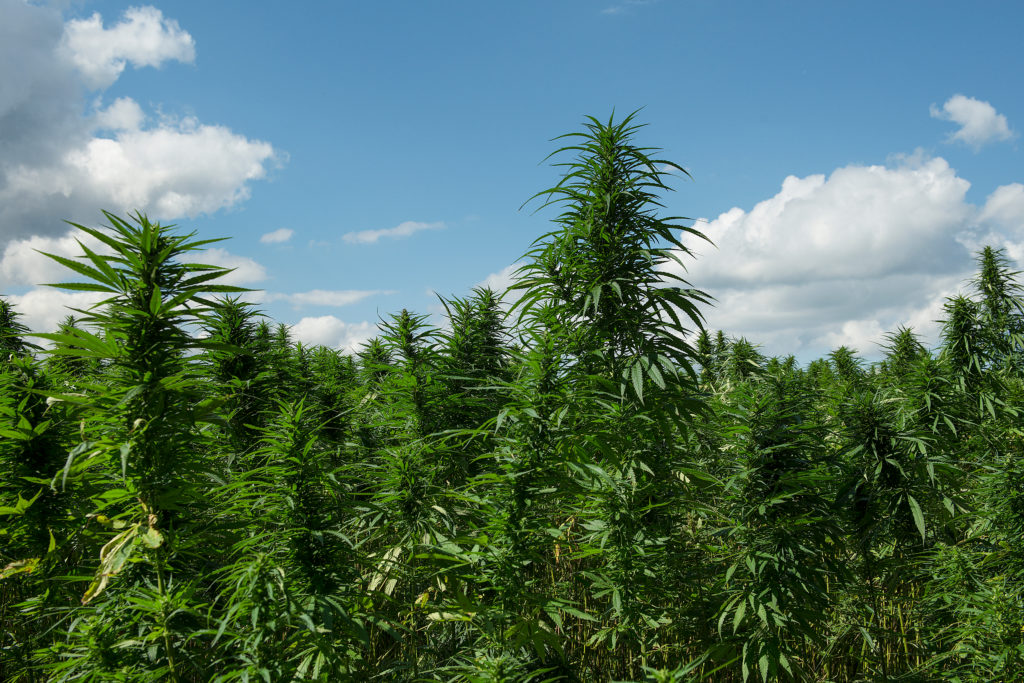Despite steep headwinds facing the cannabis industry and the high priority placed on getting COVID-19-related legislation passed, federal cannabis reform efforts, as well as sales and revenues in various sectors of the industry, are in a better position than they’ve ever been.
Regardless of where you stand on current issues, one thing we can all agree on is that COVID-19 has become a driving factor in the way we liver our lives, as far as regulations and business operations go. Many “non-essential” businesses have been forced to close their doors, resulting in tens of millions of dollars in lost revenue. What’s interesting is that annabis sales remain about the only revenue source where the numbers are going steadily going up – and this seems to be the case no matter where you look in the industry: CBD, THC, flowers, oils, etc.
Even on the political side of the spectrum, yes, things have slowed down significantly, but new piece of legislation are still pushing their way through. Regardless of where you’re looking, cannabis is relevant. What’s going on right now in the U.S. and what does the future hold?
Looking for the BEST Flowers?
Subscribe to the:
CBD Flowers Weekly Newsletter
Stronger Than Ever
According to a livestream interview with Rep. Earl Blumenauer, “We have our work cut out for us but we have more momentum in the cannabis space than I’ve seen in the over 30 years I’ve been working on this issue,” state Rep. Earl Blumenauer during a livestream interview at the NJ Cannabis Insider and Advance 360’s webinar.
“We are in a stronger position than we’ve ever been. The performance of advocates and the industry is very, very strong and most important, people want this. It’s not just public support at the polls. People depend on the product, on the service, on the impact it has in their communities and so it’s a terrific alignment of interests,” he added.
Current laws already reflect these sentiments – adult-use cannabis is already legal in 11 states, medicinally approved in 33, and in general, cannabis use is more mainstream and socially accepted than ever before. For the most part, presidential candidates and other politicians are letting their guard down when it comes to cannabis.
Up until a couple months ago, cannabis laws were a hot-button topic. Recently, COVID-19 saw that many legislative sessions start working primarily on issues relating to the pandemic, forcing cannabis to take a backseat for the time being.
Money and Trends
A survey of cannabis retail businesses around Santa Barbara county between the months of January to April (of this year), found that tax revenues last quarter totaled roughly $2.6 million, about 60 percent more than the same time last year. And these numbers are just from one county in one state, nearly every market in the country is reporting unbridled growth and high revenues.

Sam Ludwig, co-founder and President of Aster Farms: “We see a movement towards sustainable brands. As the industry matures and the consumer base widens, the average user will be more discerning, caring about who, where and how the cannabis products they spend their money on are produced. Organic, clean and natural. That is what people want.”
I myself have noticed this trend when shopping at dispensaries. These days, even the cheapest, bottom-shelf strains at most stores are actually quite good. Sometimes they’re a bit dry, but most of the lower end strains are floating around 20 to 25 percent THC, I’ve even found strains with up to 31 percent THC on the discount rack.
The typical pattern is as follows: a state or region legalizes cannabis, prices start off high and quality varies because there is an initial rush to buy any type of legal product, then once the novelty wears off, the true market trends emerge. When everything stabilizes, the majority of consumers want flowers that taste good, smell nice, look pretty, and most importantly, are potent and effective. Another important layer of consumer appeal is ethics; in general, people want to buy products from a company they trust that engages in ethical and thoughtful business practices. This, coupled with the rise of “craft companies” who focus exclusively on high end products in a particular sector, all points to a sophisticated and elevated consumer.
As we continue to navigate through unprecedented times and try to figure out how to continue business alongside COVID-19 policy changes, we will see some new trends become mainstay, at least for the time being. Delivery, drive-through, and curbside pick-up options are becoming increasingly popular, and there is a growing focus on cleanliness, sanitation, and technology.
What About Hemp?
Hemp is federally legal now thanks to the 2018 Farm Bill, and all but two states – Mississippi and New Hampshire – have legalized farming and production. Even though it’s legal, the U.S. Food and Drug Administration has done little to regulate the CBD market, so while raw hemp flower is easy to sell, processed CBD products like oil and topicals remain in a legal limbo.

According to the new market research report published by Markets and Markets, the hemp industry is expected to see a compound annual growth rate of around 34%. The report, titled “Industrial Hemp Market by Type (Hemp Seed , Hemp Seed oil, Hemp Fiber, and CBD Hemp Oil), Application (Food, Beverages, Personal Care Products, Textiles, and Pharmaceuticals), Source (Organic and Conventional), and Region – Global Forecast to 2025″, predicts the hemp market will reach USD $26.6 billion by 2025. The fastest growing sector of the CBD hemp market is, unsurprisingly, smokeable flowers.
Additional research from Brightfield Group, a Chicago-based cannabis industry research firm, the smokable hemp/CBD flower market was roughly $71 million at the close of 2019. This is a 500% increase from 2018, when the market totaled only $11.7 million. They didn’t provide any information about projected numbers, but as you can see, that’s a huge year-over-year increase.
Still Some Bumps in the Road
In addition to Blumenauer, other industry and advocacy panelists offered some insight on important topics like lack of access to banking and capital, the state of social justice reform, and how federal prohibition is still having a negative impact on the industry, despite a powerful shift in public opinion.
“There’s not a lot of investors out there who are comfortable making investments at the moment,” said Paul Josephson, an attorney at Duane Morris, which represents several dispensaries across the country. “So, it’s a challenging environment at the moment for operators, especially those who are still building out the infrastructure that they’ve committed to the states. That all being said, there is opportunity out there.”

While there have been significant gains for state-regulated markets, the illicit market continues to thrive. Especially in states like California where legal cannabis prices have remained relatively high – a trickle down effect caused by high real estate costs and the many fees cannabis business are forced to pay for licensing.
“If the economics don’t work out, then there will always be a reason for an illicit market to exist and it may take a lot of years for that to work itself out,” said Katie Neer, director of government affairs for Acreage Holdings. “For those of us working in the industry, we’ve all known that the public support ending prohibition and legalization. This has shown us that the regulators and state administrators and lawmakers are starting to agree and recognize us as a legitimate industry.”
Pushing for Safety
One of the biggest concerns people have regarding cannabis use is safety. Are there any long-term side effects? Is the product clean and pure? How will it be kept away from children/teens? What about those black-market repercussions According to Chris Melillo, senior vice president of retail operations for Massachusetts-based Curaleaf, safety was the biggest selling point for bringing patients and consumers into the regulated market.
“Really, it’s about educating the states on the safety aspects of a regulated market versus buying on the illicit market,” Melillo said. “You look at Acreage and clearly if we’re hosting a call together, we’re not against each other. We’re in this together. That is really the opportunity. There’s plenty of room for all of us here in this new market space; but it’s really about promoting safety and what the benefits are in a regulated market.”
Use the sign-up form below to subscribe to the CBD Flowers Weekly Newsletter
Final Thoughts
In short, we’ve come a long way. I’ve been working in various sectors of the cannabis industry for a decade now and I’m truly excited for where are, and more importantly, for where we’re headed. For those of us that have been vilified for in the past for using cannabis, we can finally feel vindicated that it’s now viewed as a high end, therapeutic, and mostly-legal product. More work needs to be done, but I expect to see cannabis fully legalized within the coming years, as the market (and money) is just too big to ignore for any longer.
Thank you for stopping by CBDFlowers.co – your source for all things relating to legal cannabis and hemp. Check back frequently and make sure to subscribe to the CBD Flowers Weekly Newsletter for more articles like this one.













